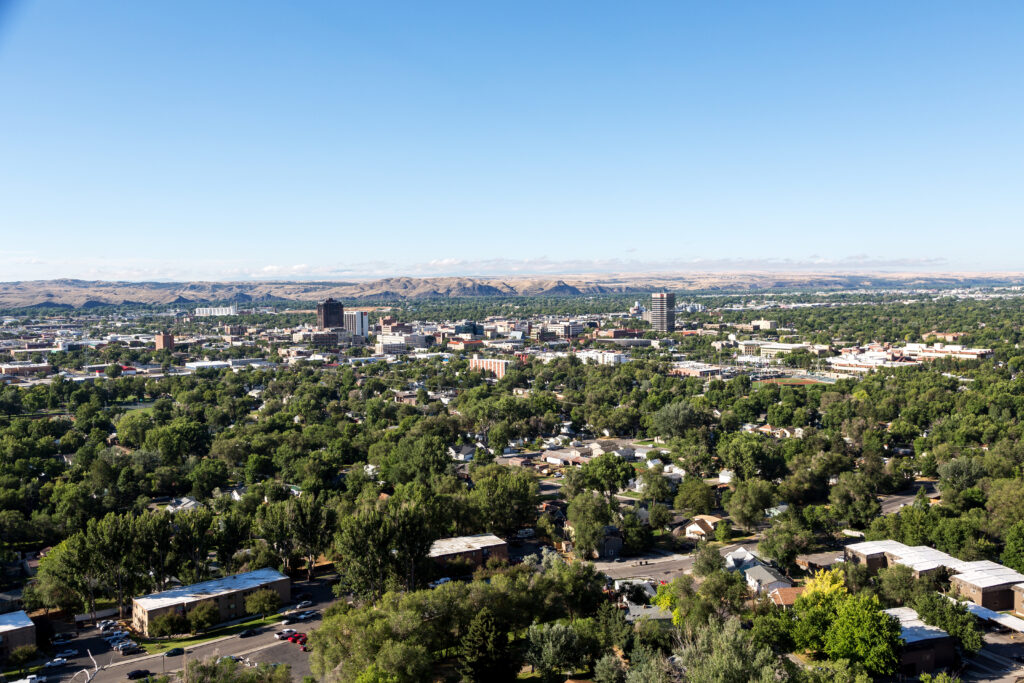The FWD #192 • 567 Words
The Big Sky State proves that zoning reform is for everyone—not just the Left Coast.
Here’s a riddle for you. What state has a zoning atlas, just passed a swath of pro-housing statewide zoning reforms, and has voted Republican for the last 7 presidential elections? If you guessed Montana—well, that doesn’t count. It’s in the headline. Montana is the 4th least-dense State in the U.S. And yet, they are leading the way on pro-housing zoning reform, serving as a model for rural America.
In May of this year, Republican Governor Greg Gianforte signed not one, not two, but four new zoning reform bills for the state. Many of the same reforms were proposed but shot down back in 2021, at the time being called “anti-single family zoning” bills. Two years later, all the tables have turned, thanks in no small part to Montana’s statewide zoning atlas—just like the one we’re building here in Virginia. The bills passed include:
- Senate Bill 528 to “restore landowners rights” to build accessory dwelling units anywhere in the State;
- Senate Bill 323 requiring cities to permit duplex housing in all residential districts, and;
- Senate Bill 406 prohibiting local governments from passing building codes stricter than the state code.
And the big whale of them all—SB 382—is an omnibus bill and “comprehensive planning statute overhaul that would require large cities to allocate space to house population growth.” This bill transforms the development process, limiting public hearings and making most affordable housing development by-right. It requires local governments to upzone to provide significantly more density based on population projections for their community. The bill requires each locality to pick 5 out of 15 prescriptive policies to adopt including eliminating parking minimums, lowering setback requirements, and other lowering of development standards.
As a reporter at Bloomberg notes, “The wave of legislation is the work of a diverse group of advocates from both the political left and right. The coalition behind this push is clear about its goal: Montana needs to head off a housing crisis at the pass.”
So in order not to become California, Montana had to become more like California. Advocates like Strong Towns noted that Montana’s fear of “California-style zoning” and the lack of affordable housing in California convinced Montanans to end the status quo and seek reforms. As Kendall Cotton, CEO of Montana’s Frontier Institute, a right-leaning think tank said: “Montana is exactly where Los Angeles was 100 years ago and we need to avoid that future.”
And yet, to get off that path of rapidly escalating housing prices Montana had to pass much the same types of zoning reforms passed by California in the last few years.
Again from the Bloomberg piece: “We were able to go to mostly Republicans and talk about free markets and the importance of property rights. They were able to go to folks on the left and talk about climate and social impacts,” said Cotton. “It doesn’t break down on normal partisan lines. Advocates shouldn’t silo themselves on the normal partisan lines.”
YIMBYs and other advocates pointed out that zoning reforms don’t cost taxpayers anything. But what does cost taxpayers money? The $225 million in housing spending also passed last month in Montana. That is $203 for each Montanan. In Virginia, we only fund our Housing Trust Fund at $17 per person. That’s a lot of “oro y plata” between us and Montana.
